On the Western margin of the historical neighbourhood of Iosefin, now a protected area, there is an oasis of architecture dating back from the 1900s, surrounded by urban tissue from the second half of the 19th century. On the plot mentioned in the List of Historical Monuments as Ensemble V, code TM-II-a-B-06105, we find both examples of eclecticist architecture, typical of the 19th century, as well as four representative buildings from the 1900s: The Max Bruck Apartment Building, The Alexandru Pisică Apartment Building, The Albert Schott Apartment Building and the twin Apartment Buildings of the Csermak Brothers.
Of these, the apartment building erected by the master sausage-maker Alexandru Pisică at the junction of Johann Nepomuk Preyer Street with Iuliu Maniu Boulevard strands out due to its exuberant architecture, its corner tower and its undulating and floral decorations. The building permit was issued on 28 July 1911 and the construction was finalized in 1912. According to the permit, the building had 32 rooms divided into 17 apartments.
Although designed and decorated in very different manners, the Alexandru Pisică Apartment Buildings and the Albert Schott Apartment Building are in dialogue with each other, the two constructions closing the perspective to the Scudier Square (now King Carol I Boulevard), as seen from Alexandu Mocioni Square. Even though the two buildings belong to the same style, the architectural language used is quite dissimilar. The Albert Schott Apartment Buildings is a massive edifice with a controlled, almost rigid play upon volumes and geometrical decorations, while Alexandru Pisică Apartment Building is an example of the more organic Hungarian Secession, started by the famous architect from Budapest Ödön Lechner and characterized by undulating attics and floral decorations. Both elements can be seen on Alexandru Pisică Apartment Building. Between the two aforementioned constructions lies the two storey house of the pharmacist Albert Hein (built in 1892), which was once the highest building in the neighbourhood.
The corner of the Pisică Apartment Building is rounded and marked, at the top part, by a tower covered in tin sheets and decorated with geometrical patterns. The coloured ceramic plates adorning the facade add to the charm of the building, which is one of the most elaborate examples of floral Secession in Timișoara. Based on the field research and the comparison with other buildings with similar styles, the Heritage of Timișoara project team advances the hypothesis that the edifice was designed by Károly Bonn. But until official documents are found, this is just a supposition.
The owner of this apartment building was Sándor Piszika, who came from a renowned family of butchers and who changed his name to Alexandru Pisică when the Hungarian administration was replaced by the Romanian one. His father, Pál (Paul) Piszika had been a master sausage-maker, a merchant well-known in the area, and a member of the Council of Iosefin neighbourhood. Until the construction of the current edifice, the family lived at the same address, in a modest one storey building. Between 1900-1904, Pál is listed as a member in the administration board of Coroana, „a society with the purpose of safekeeping and anticipating”, which had its headquarter in Elisabetin neighbourhood and whose administration was 100% Romanian, from which we can deduce that the Piszika family was probably also Romanian. After Pál’s death (around 1908), Alexandru, who had followed in his father’s steps and had become master sausage-maker, inherited all the wealth and took over the family business. Starting with 1907 he became member of the Council of Iosefin in his father’s place, a function that he kept until 1917.
The same as his father, Alexandru was a known merchant and businessman. In 1914, he was a member of the Board of Directors for „The Great Factory of Mineral Water of Timișoara” - a public company for the distribution of bottled mineral water (founded on 9 July 1913) - and of the Board of Directors for The People’s Bank in Iosefin (founded on 24 March 1914).
However, Alexandru’s main occupation was that of master sausage-maker. To this end, in 1911 he established “Piszika Sándor and Partners”, a company whose main activity was the processing and trading of pork. Both his cold meats factory, as well as one of his stores were located in the apartment building on Johann Nepomuk Preyer Steet no. 2, at the junction with Iuliu Maniu Boulevard (formerly knows as Frobl Steet). In old photograps of the building, we can see the inscription “Piszika-Gyar” (in translation, “Piszika Factory”) on the pediment of the edifice, as well as the Piszika Sándor store functioning at the ground floor of the construction, in the wing located on the boulevard. Acording to the research carried out by the project team, in 1917 Piszika Sándor was also the owner of a butcher shop on Iuliu Maniu Boulevard, next to the Bruck Apartment Building, and of a colds meat store in Scudier Square (currently King Carol I Boulevard).
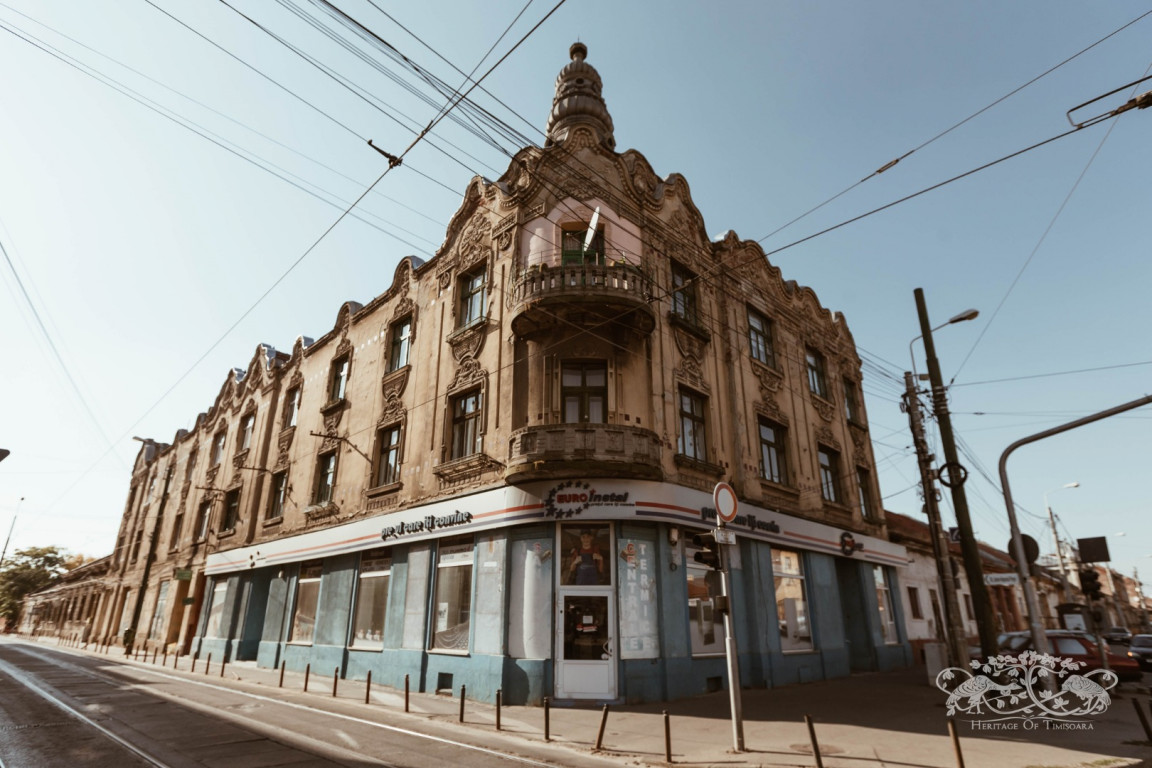
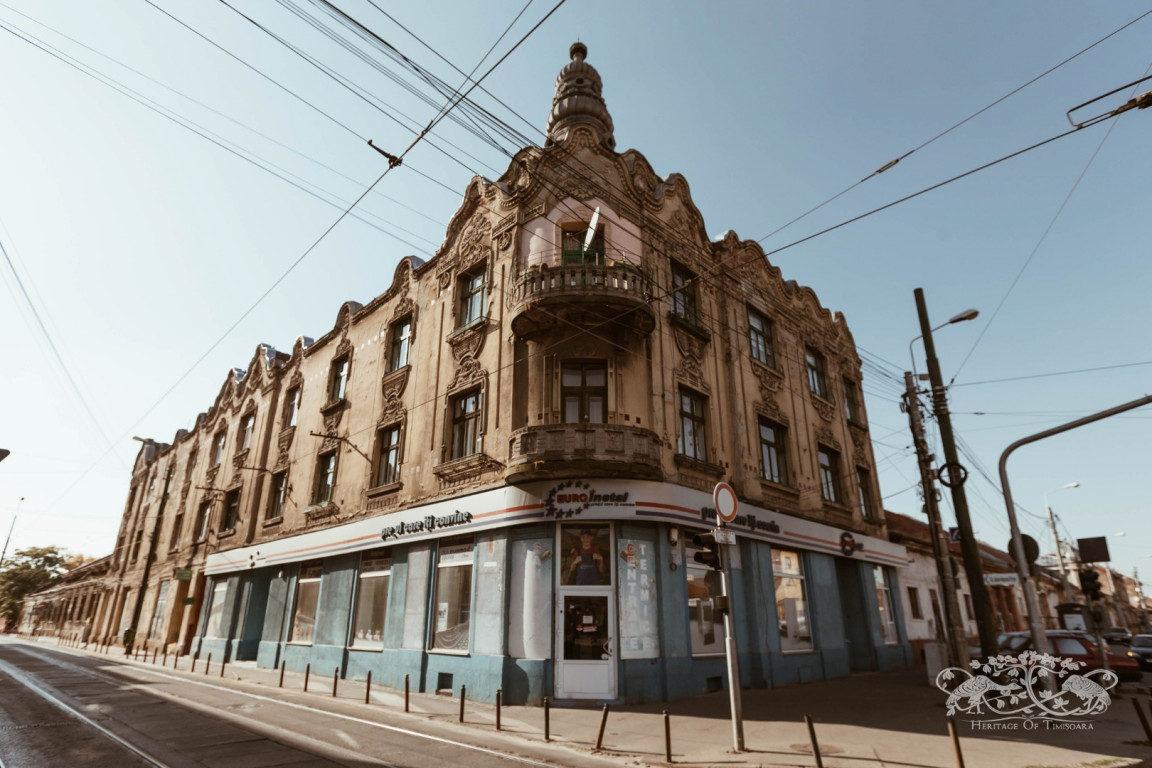
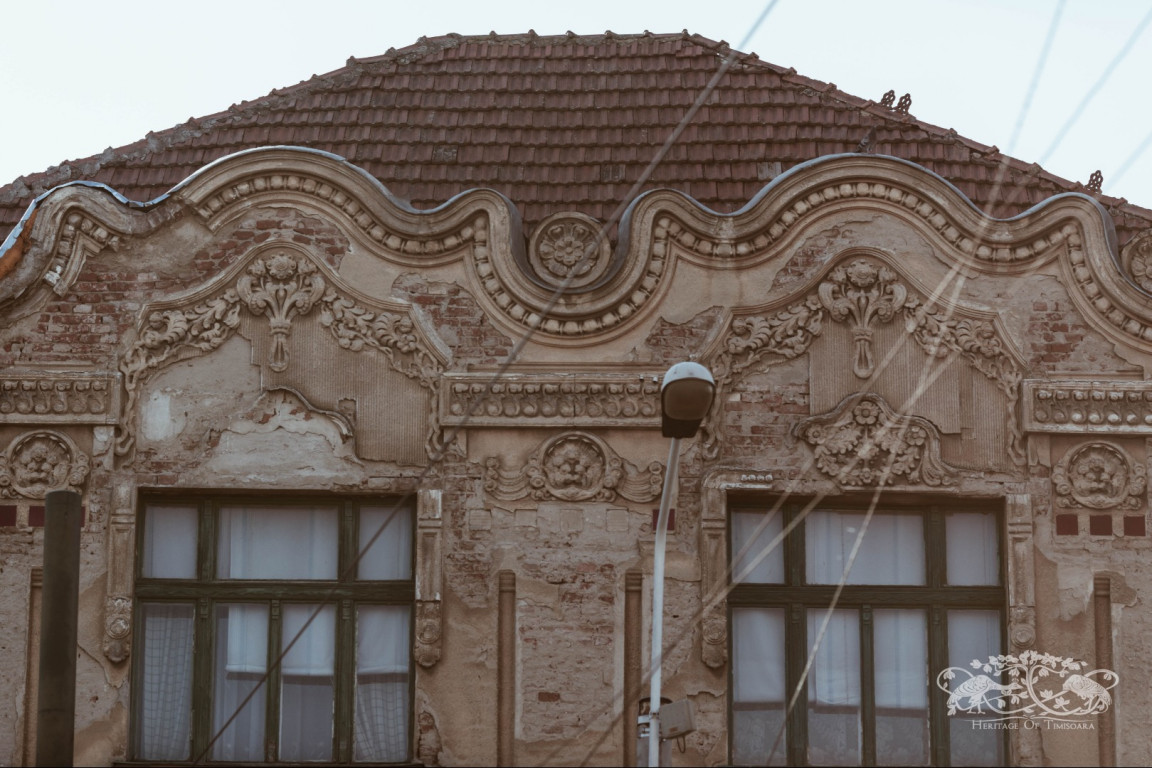
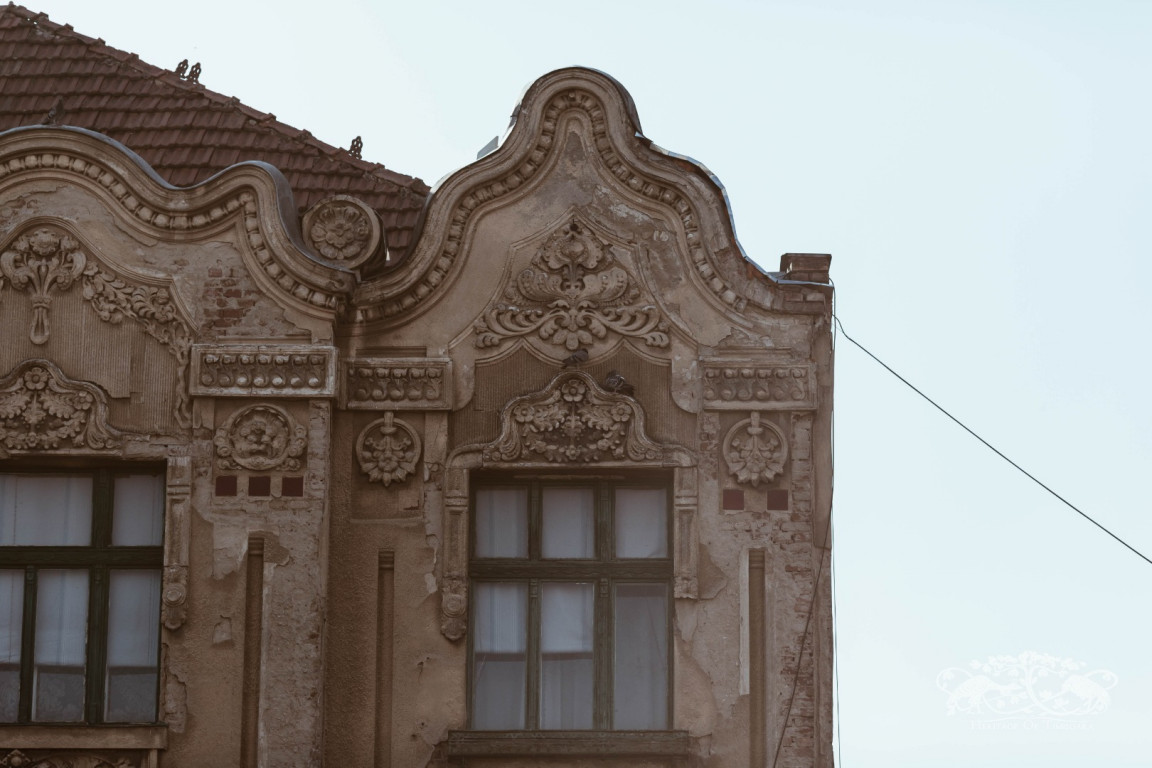
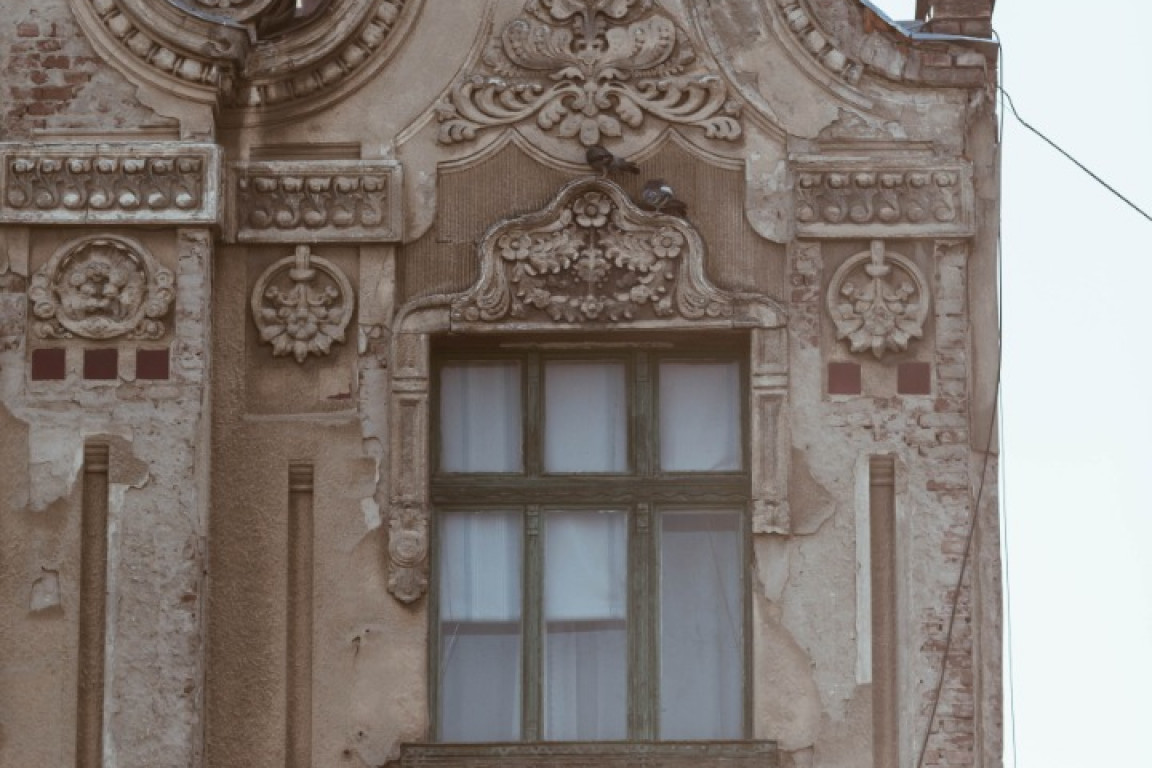
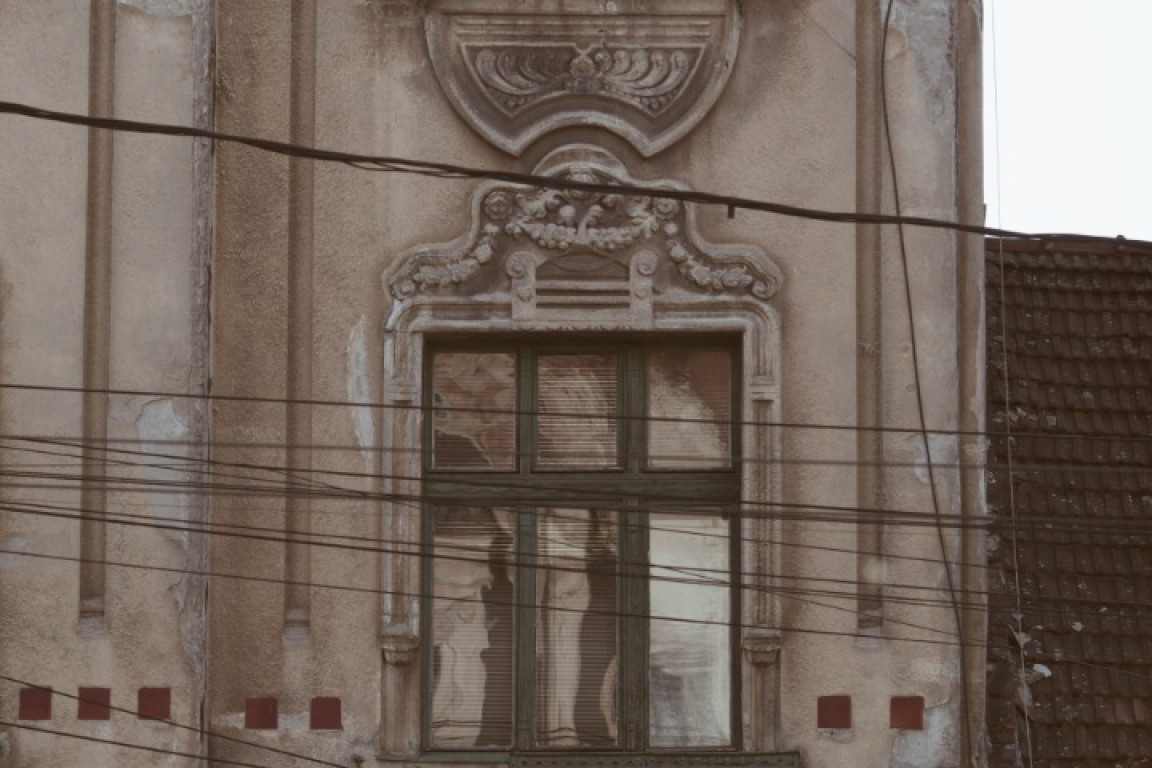
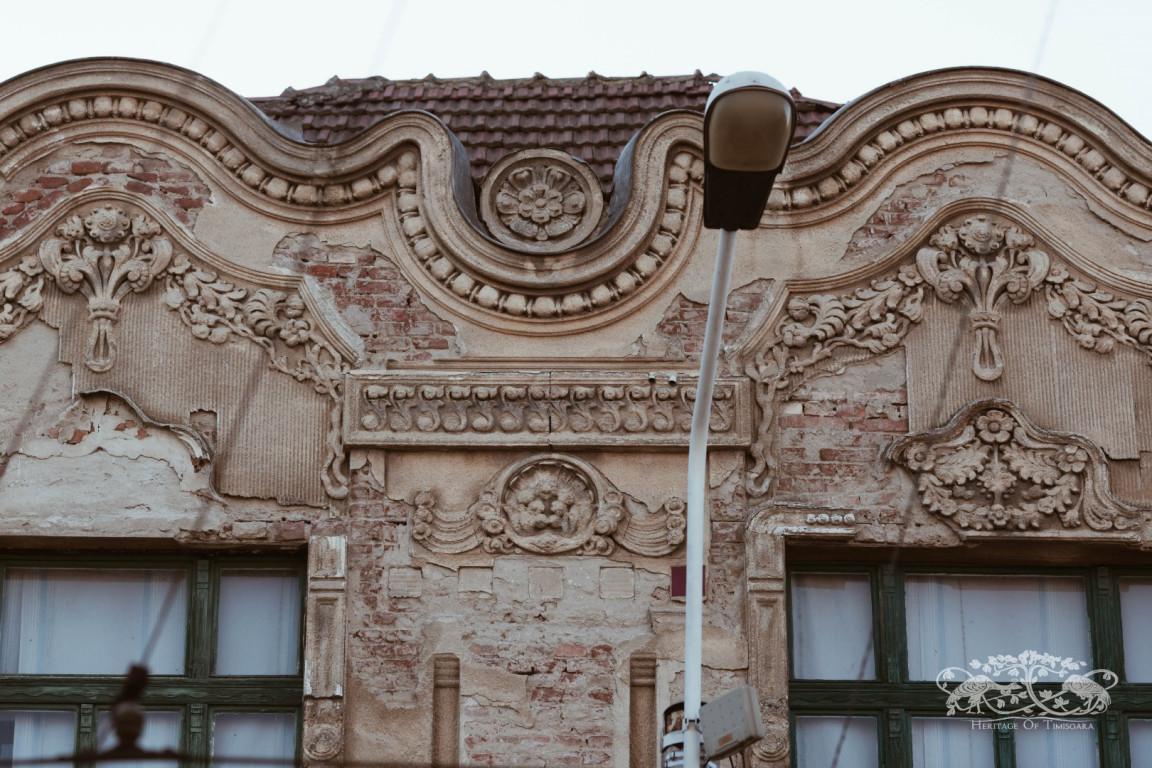

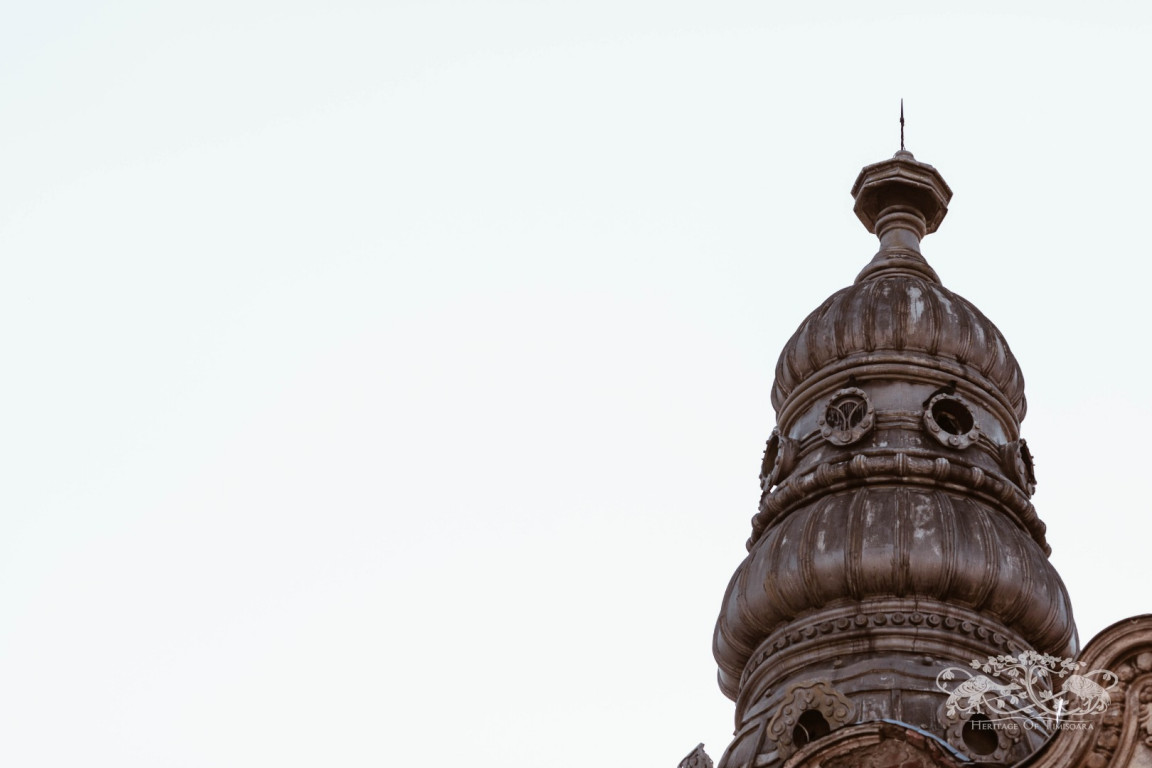
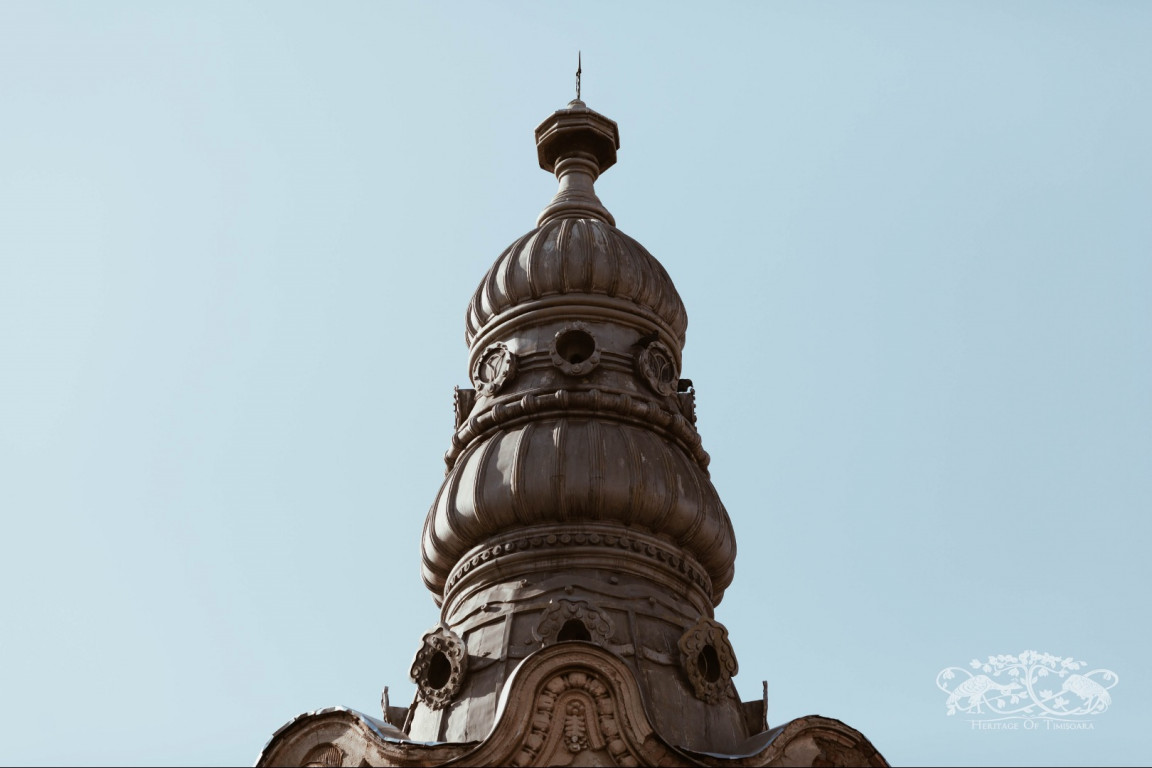
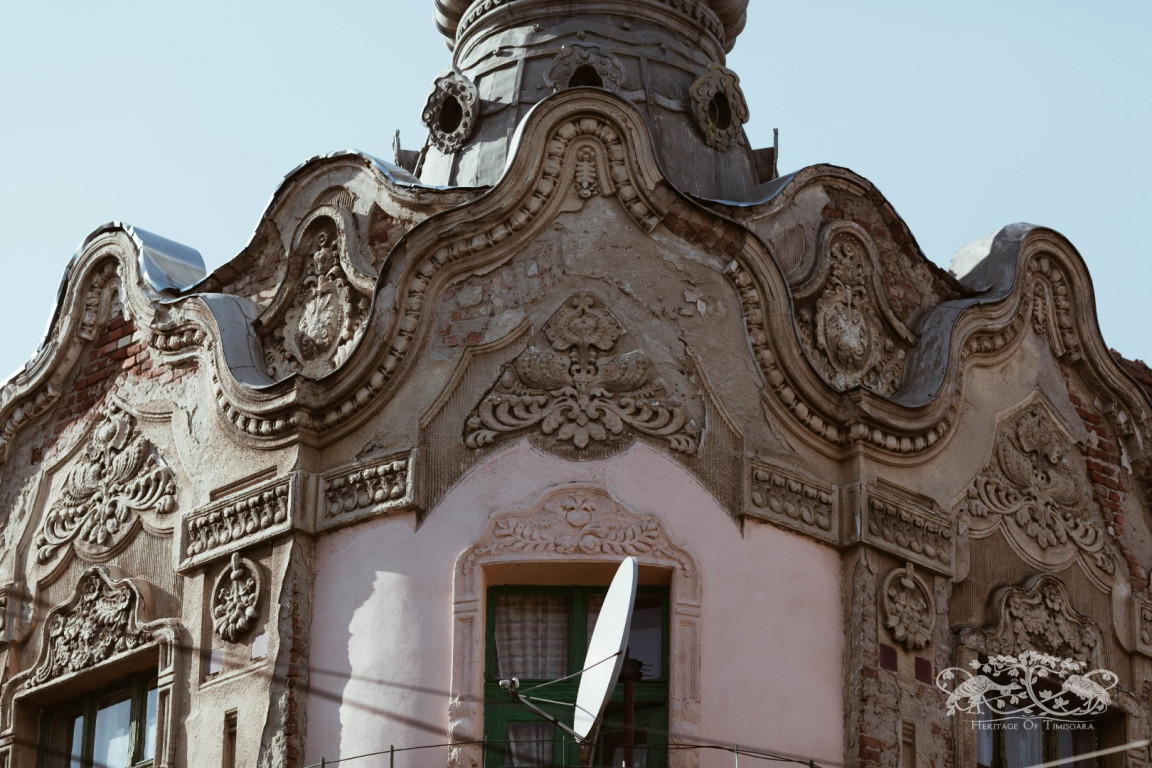
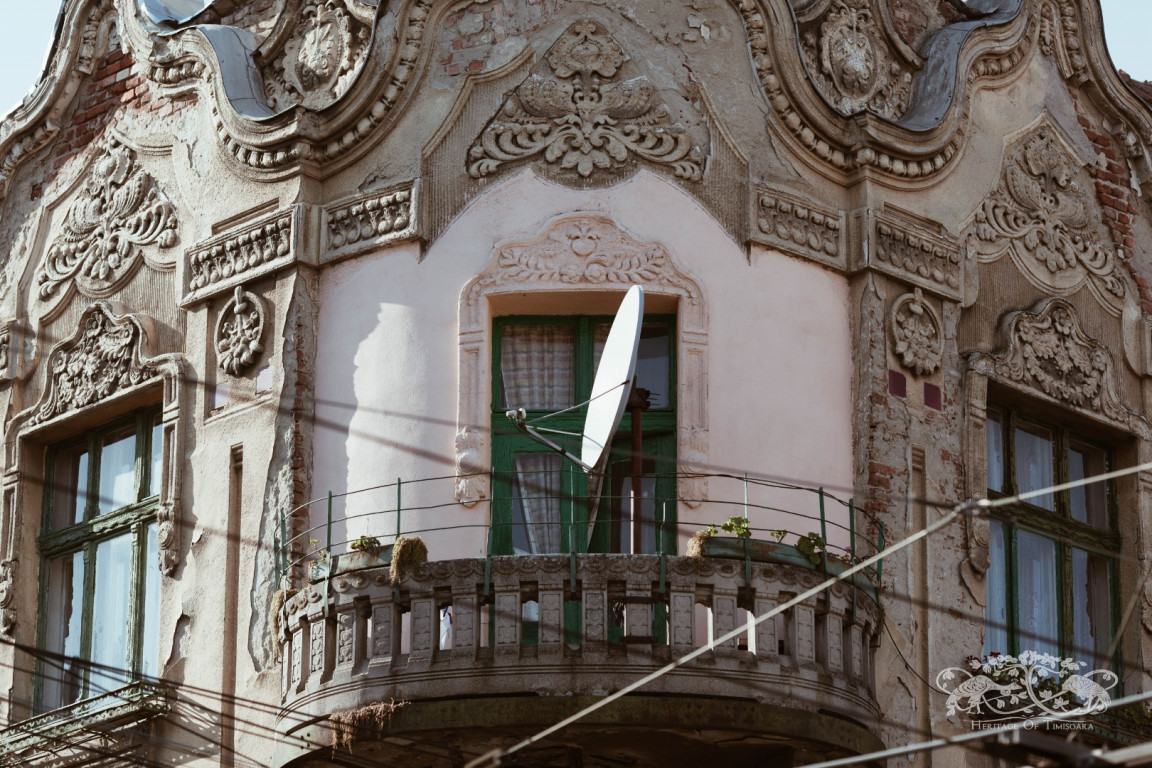
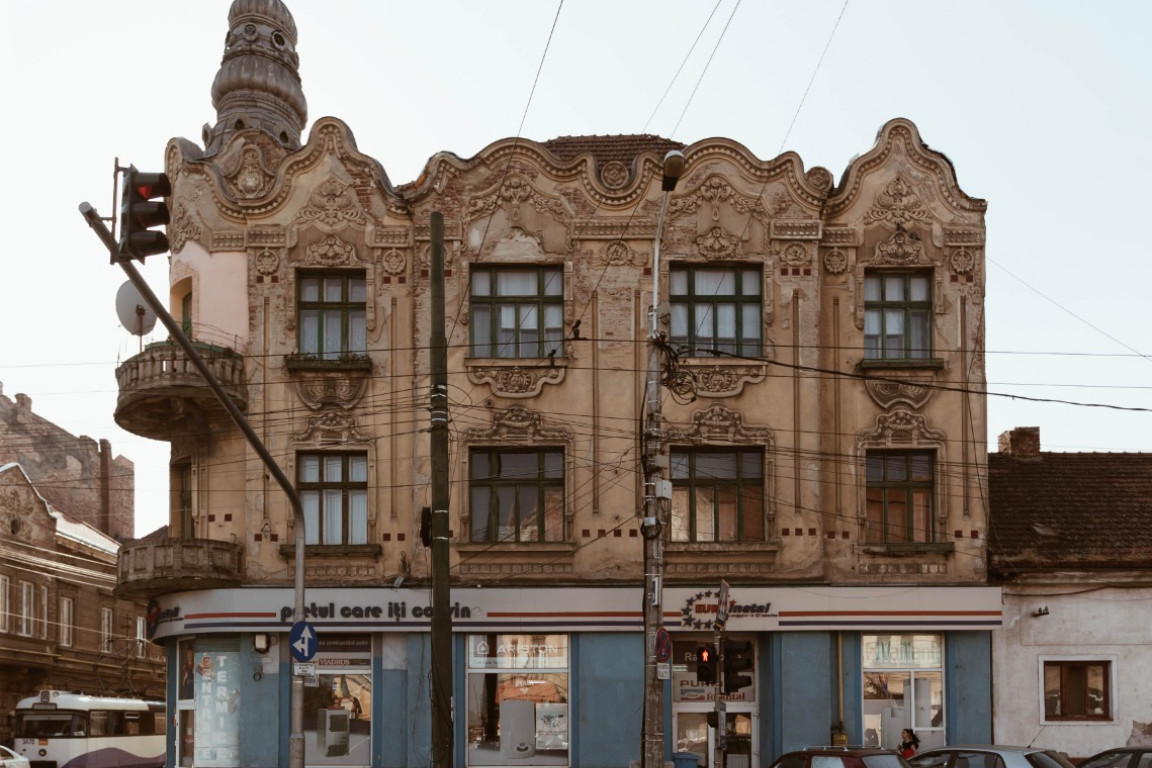
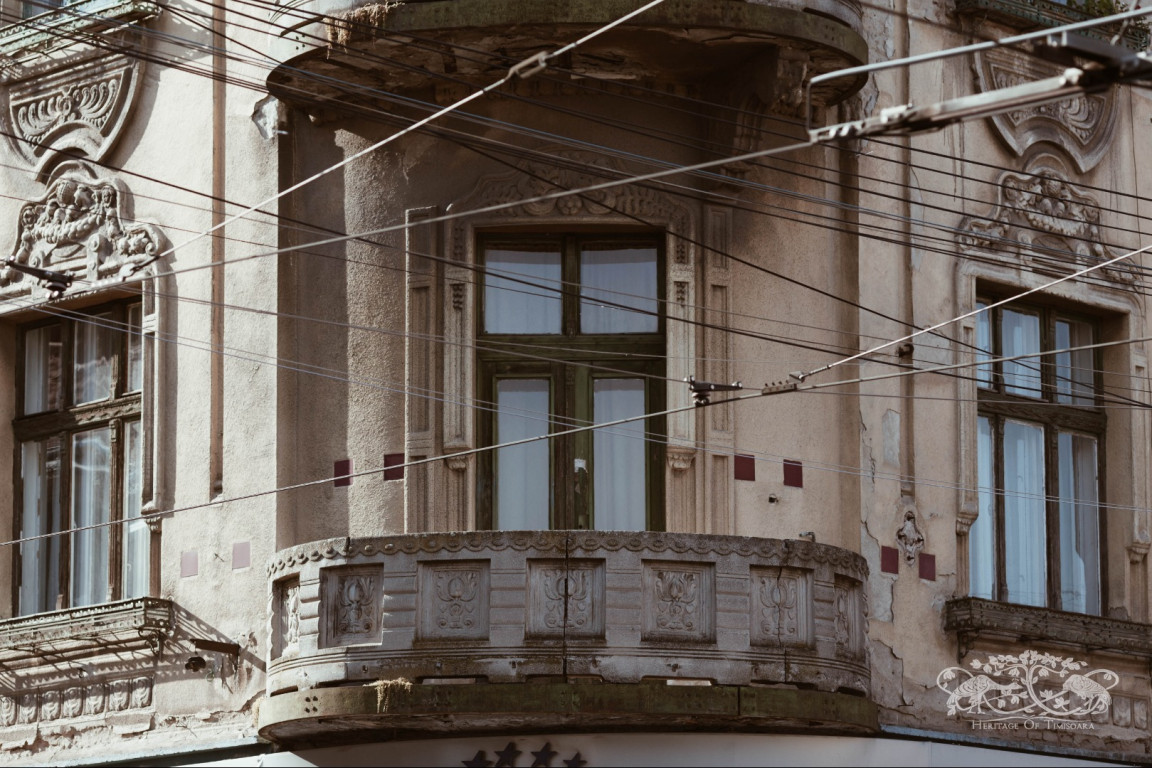
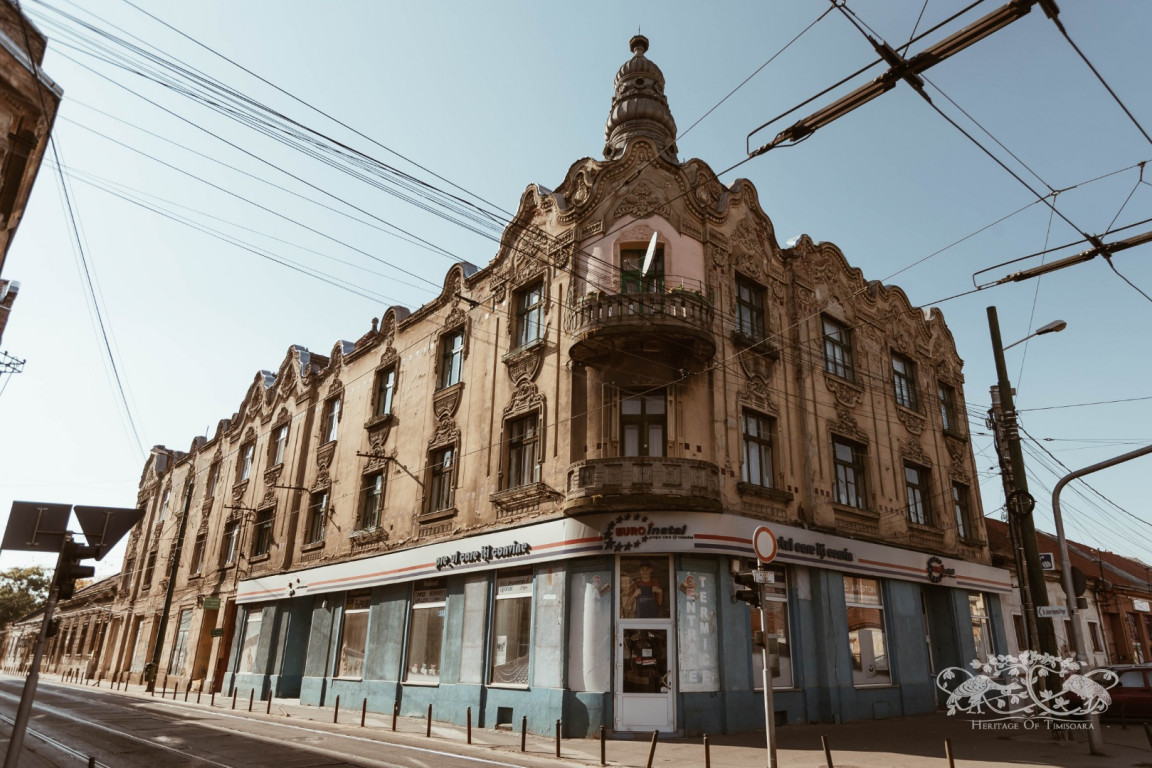

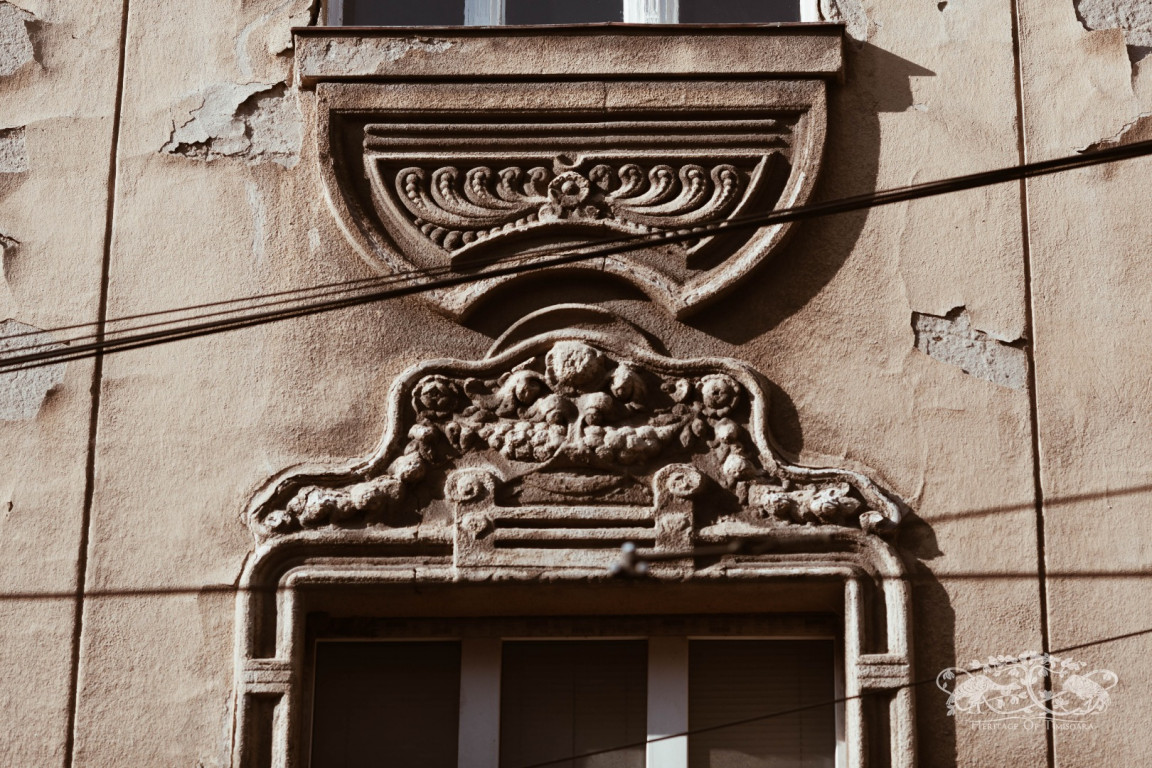
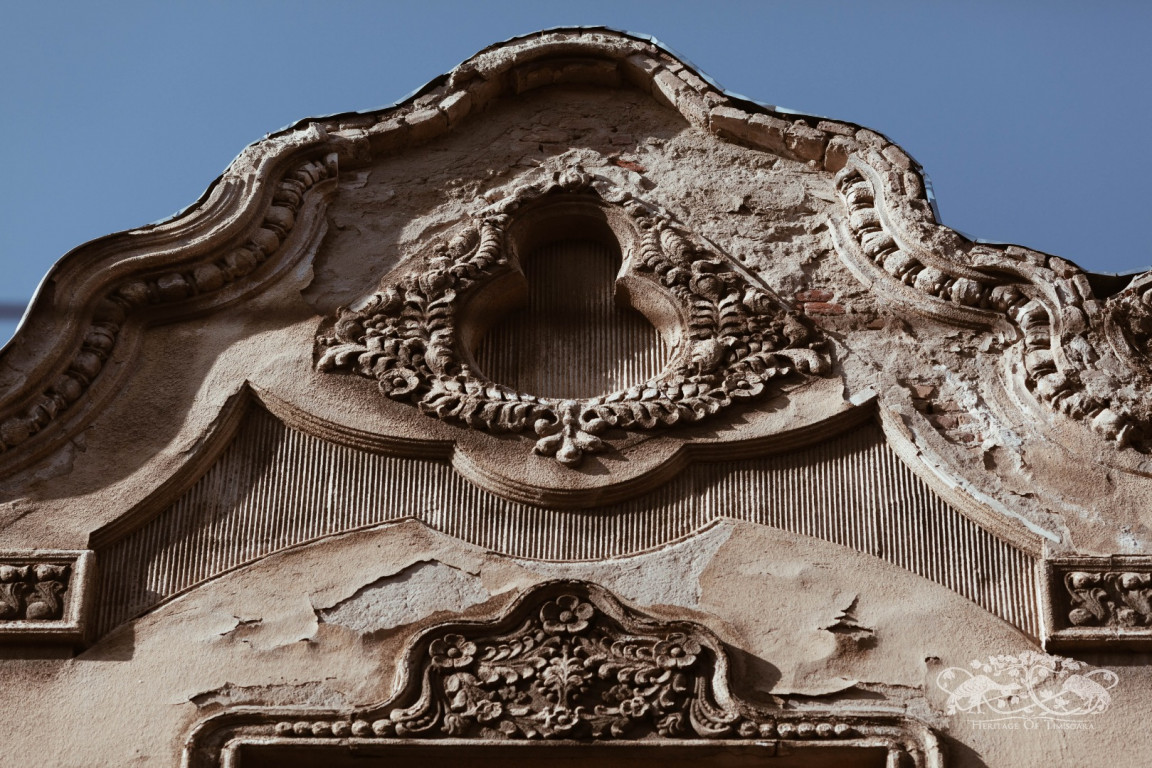



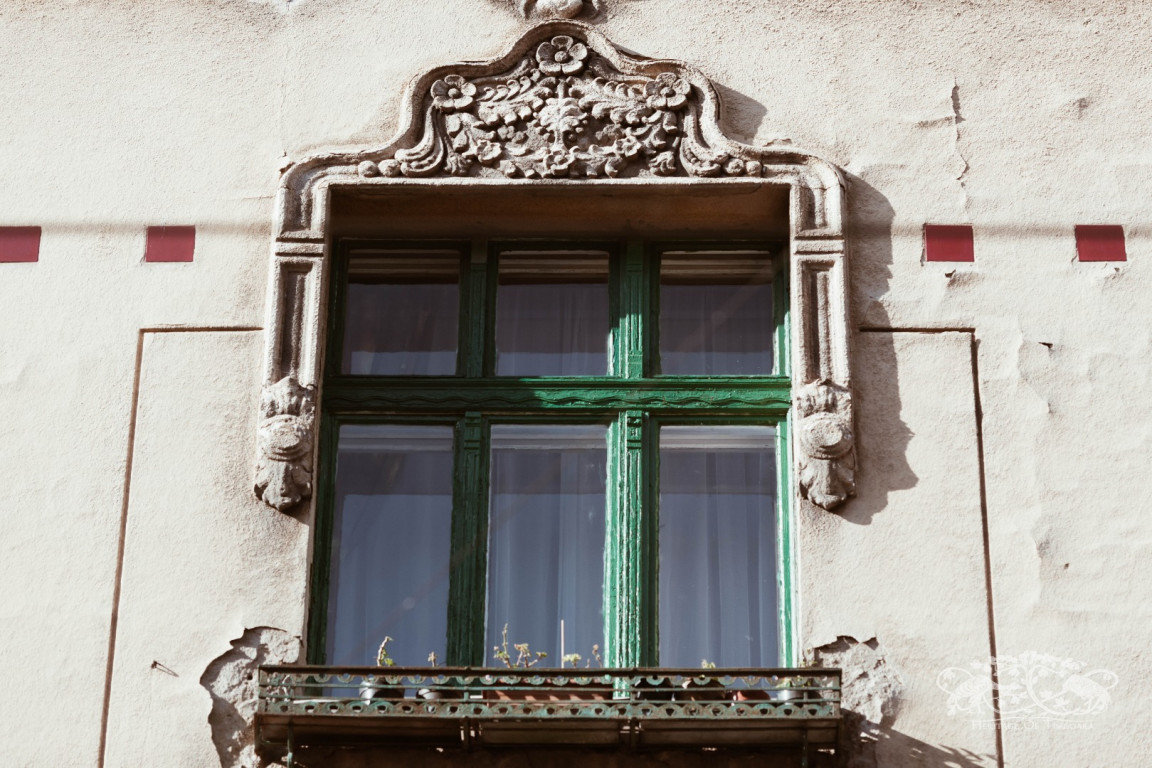
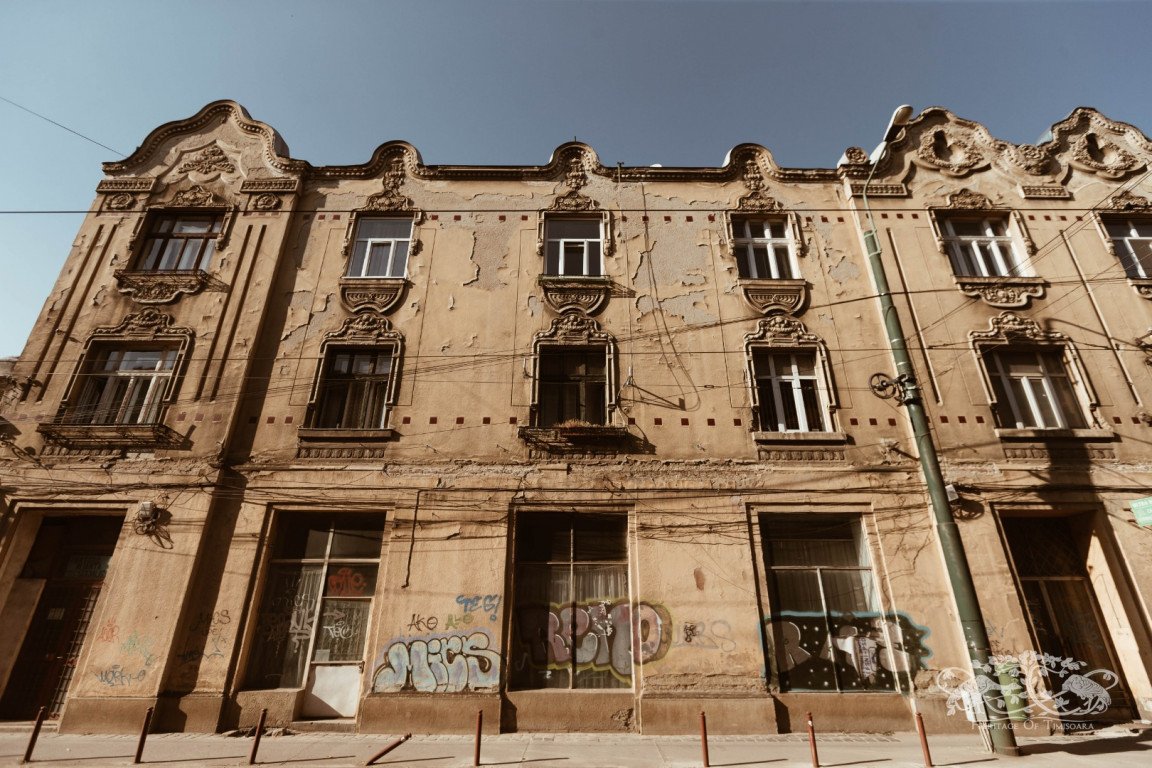

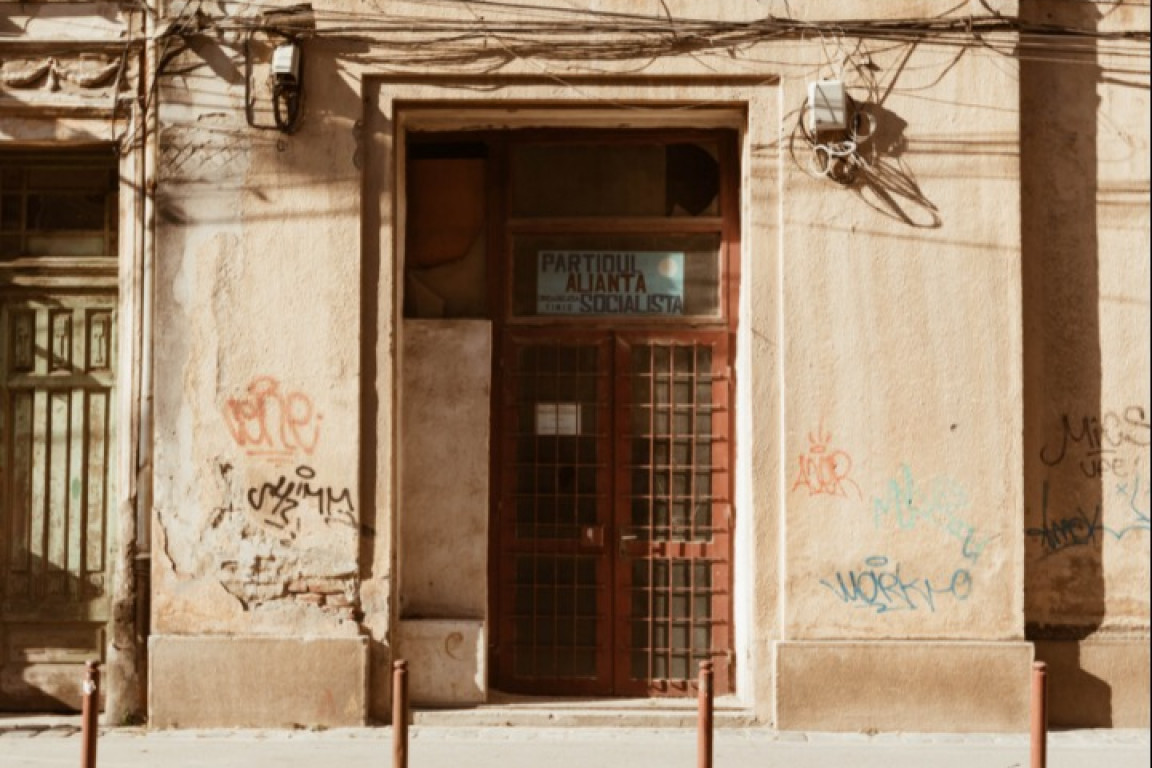
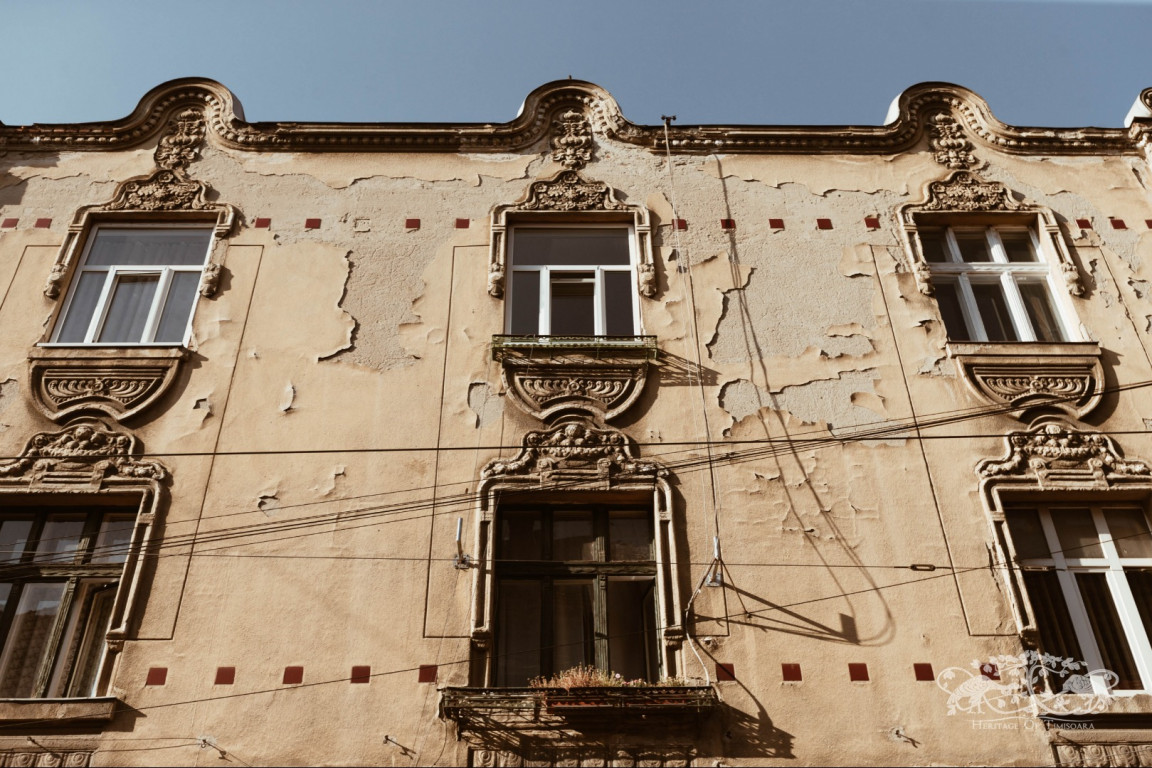
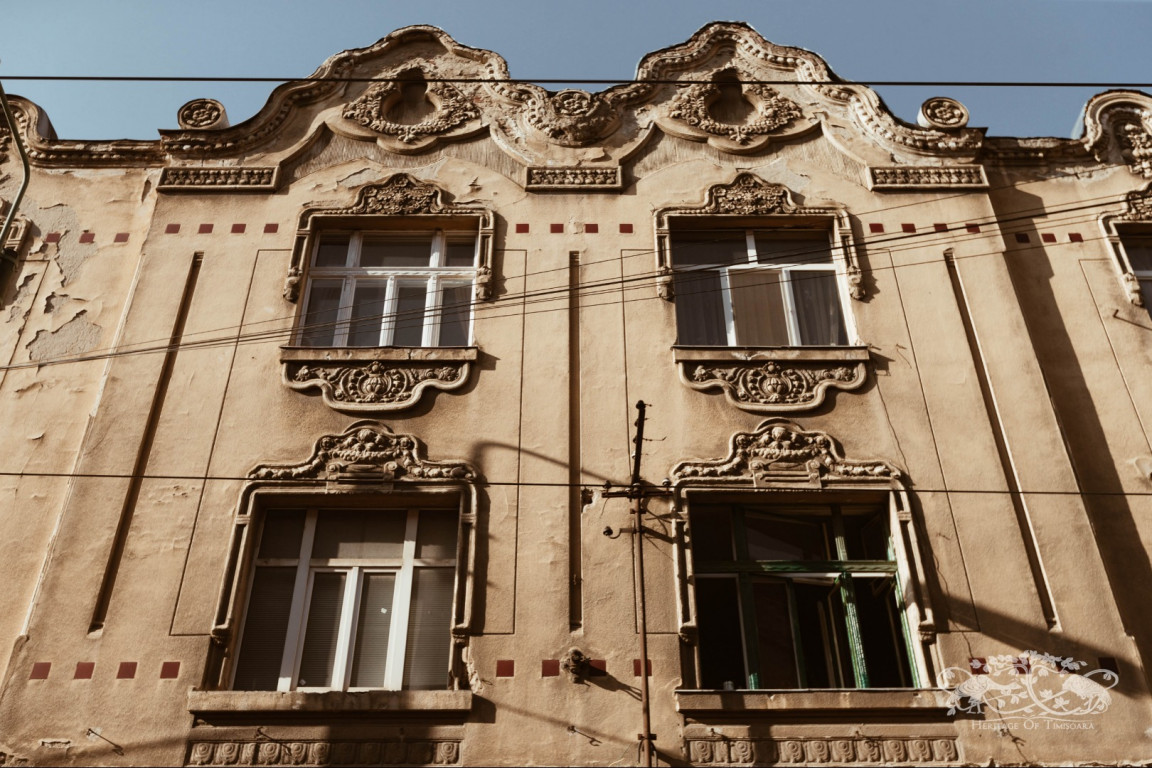
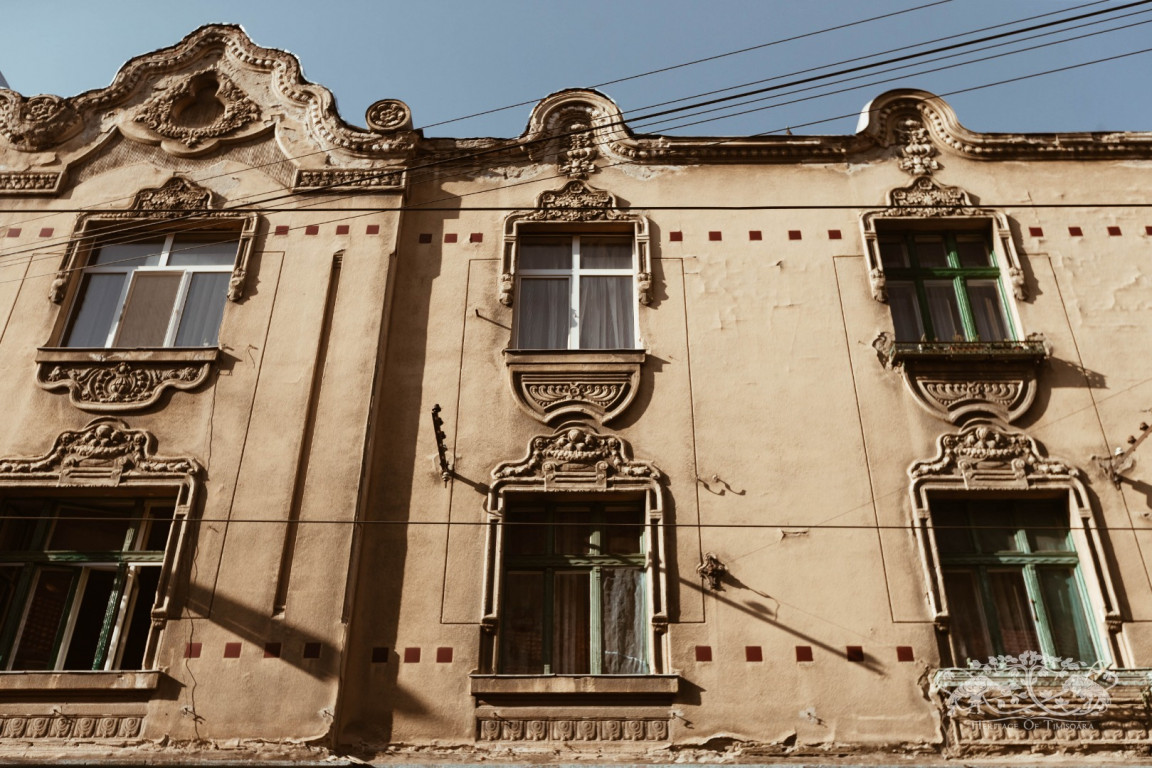
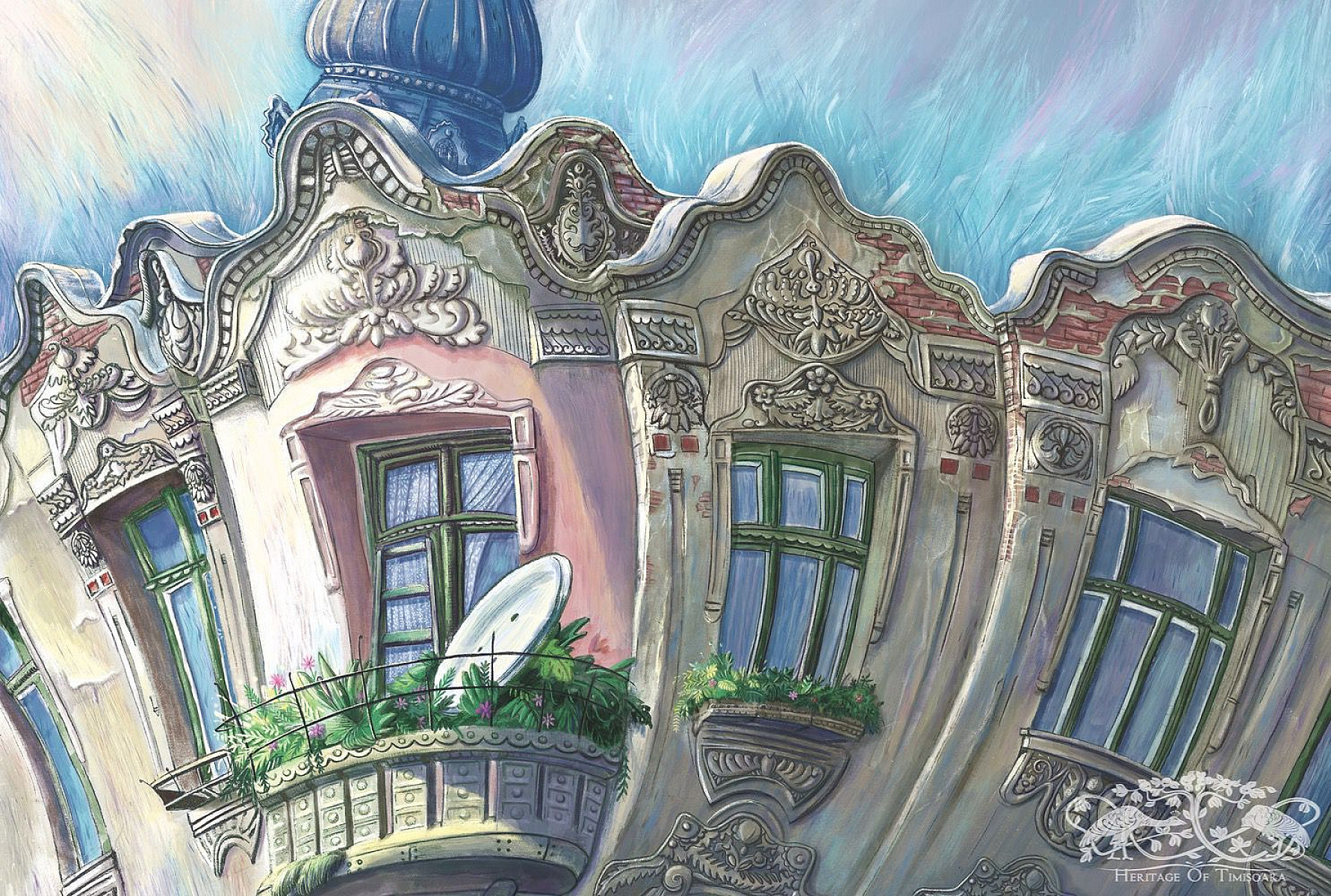
Add your contribution to this building!
Written by Ecaterina Căpraru, 7 years ago
Părinții mei s-au mutat în 1975 la ap.14, etaj 2, balconul cu parabola. Apartamentul avea un pian inscripționat 1887, la care am învățat să cânt, aveam atunci 8 ani. Balconul era la camera mea. În toți acești ani, fațada palatului a fost O SINGURĂ DATĂ renovată, în epoca comunistă încă!!!!! Fiind naționalizată clădirea, părinții mei au putut cumpăra apartamentul abia cu legea din 1996. Palatul are 18 apartamente, în care locuiesc 90% pensionari! Asociația a făcut în ultimii ani demersuri ptr. ajutor financiar ptr. renovare, dar........ Răsplata a venit acum în septembrie, cu suprataxare la impozit! Mă doare sufletul zilnic când văd casa........ Și nu este nici un supermarket în clădire, nici nu a fost din 1975, fără supărare, cum e trecut la funcțiune curentă. La parter, la stradă, erau magazine mici, odată era și un sediu al veteranilor. Și nici nu are tăbliță de monument istoric! Vă mulțumesc ptr. frumoasa inițiativă! Unde mai pot găsi vederi, că la Ambasada nu mai erau? O seară bună! Sărbători fericite!
Written by Alexandra Palconi, 6 years ago
Vă mulțumim mult pentru împărtășirea acestor amintiri cu noi! Am fi foarte onorați dacă ați fi de acord chiar să ne acordați un interviu, cu amintiri ale dumneavoastră legate de acest imobil, pe care să îl publicăm la categoria POVEȘTI aici pe platformă. Vă vom contacta în acest sens.
În ceea ce privește funcțiunea curentă, valoarea "Magazin/Supermarket" este predefinită în aplicația de cartare/inventariere. În cazul de față nu face referire la existența unui supermaket, ci la magazinul Euroinstal aflat la parterul clădirii. Cât despre lipsa plăcuței de monument istoric, majoritatea imobilelor monument istoric din oraș nu sunt semnalizate astfel, din păcate.
Din luna decembrie încoace actualizăm stocul de cărți poștale din AMBASADA. Le găsiți și acum acolo, alături de hărți turistice de Iosefin. ;)